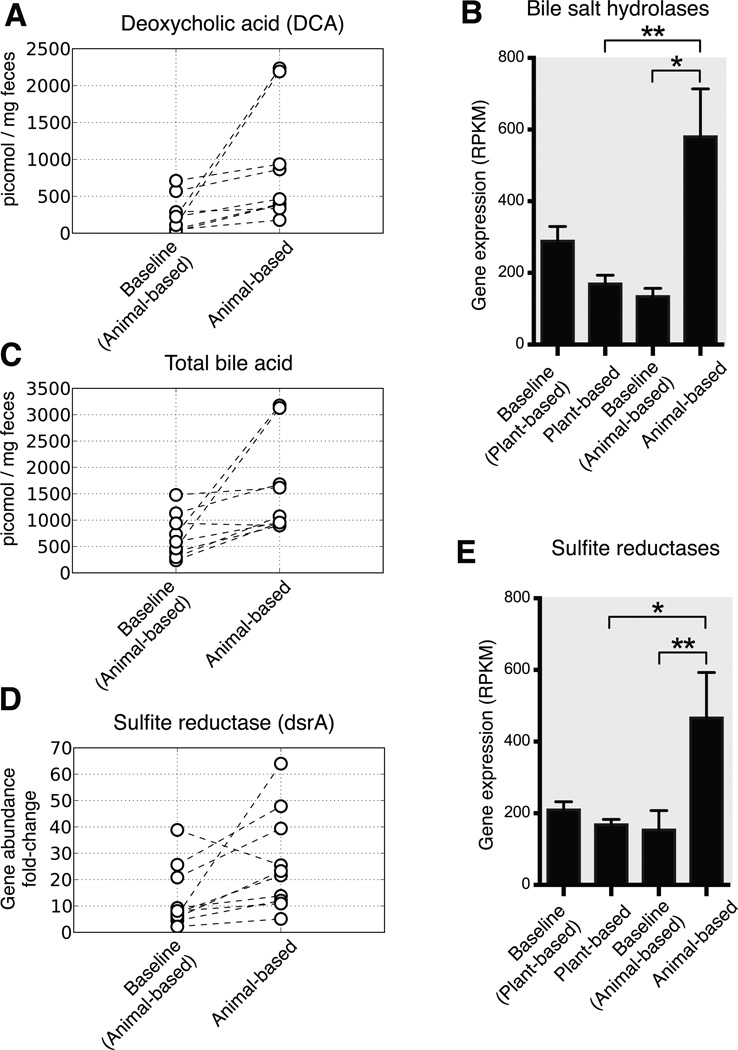Fig. 5. Changes in the fecal concentration of bile acids and biomarkers for Bilophila on the animal-based diet.
(A) Deoxycholic acid, a secondary bile acid known to promote DNA damage and hepatic carcinomas26, accumulates significantly on the animal-based diet (p<0.01, two-sided Wilcoxon signed-rank test; see Supplementary Table 23 for the diet response of other secondary bile acids). (B) RNA-Seq data also supports increased microbial metabolism of bile acids on the animal-based diet, as we observe significantly increased expression of microbial bile salt hydrolases (K01442) during that diet arm (q<0.05, Kruskal-Wallis test; normalized to reads per kilobase per million mapped, or RPKM; n=8–21 samples/diet arm). (C) Total fecal bile acid concentrations also increase significantly on the animal-based diet, relative to the preceding baseline period (p<0.05, two-sided Wilcoxon signed-rank test), but do not change on the plant-based diet (Extended Data Fig. 9). Bile acids have been shown to cause IBD in mice by stimulating the growth of the bacterium Bilophila6, which is known to reduce sulfite to hydrogen sulfide via the sulfite reductase enzyme (dsrA; Extended Data Fig. 10). (D) Quantitative PCR showed a significant increase in microbial DNA coding for dsrA on the animal-based diet (p<0.05; two-sided Wilcoxon signed-rank test), and (E) RNA-Seq identified a significant increase in sulfite reductase expression (q<0.05, Kruskal-Wallis test; n=8–21 samples/diet arm). Barplots (B,E) display mean±sem.

